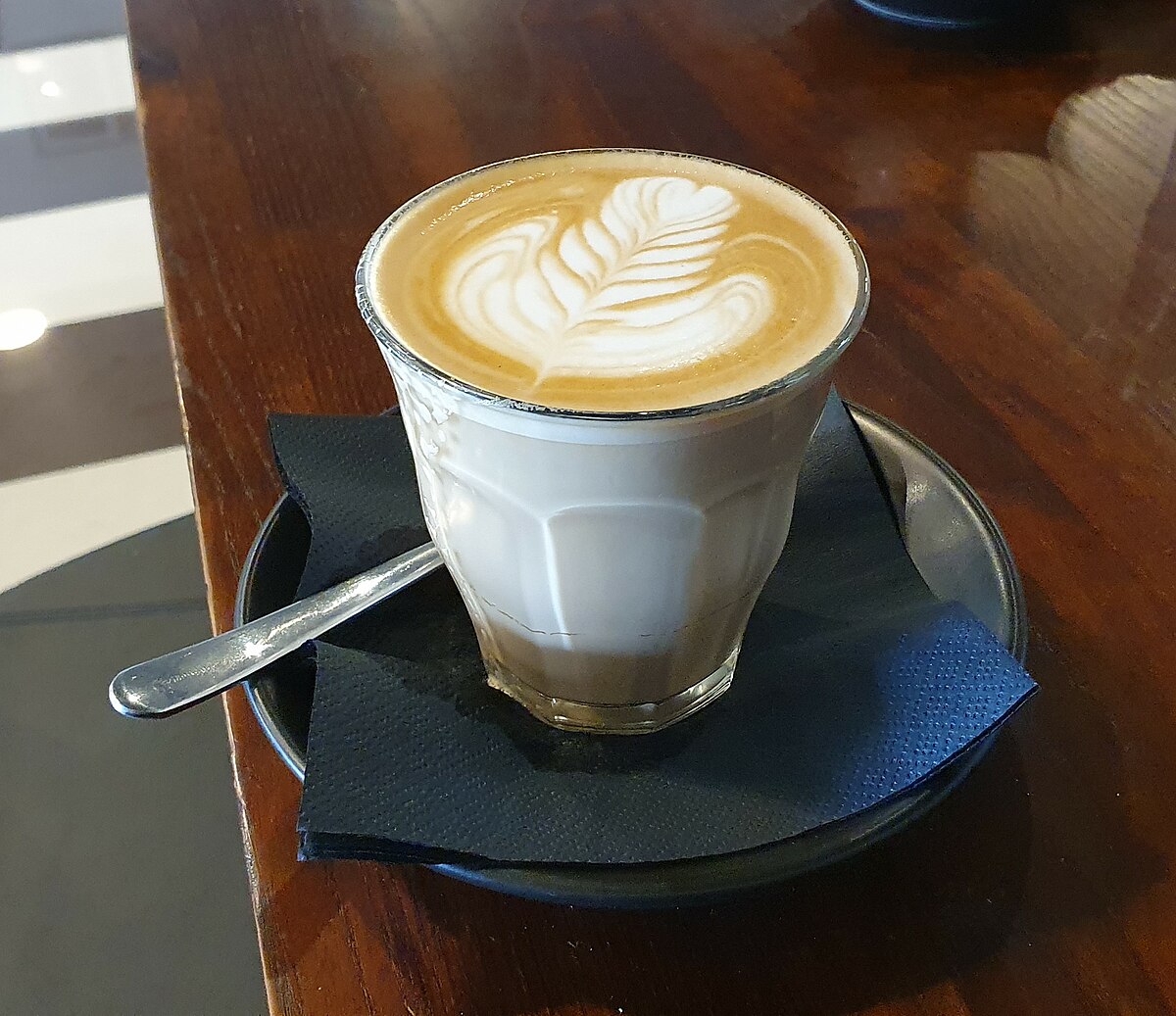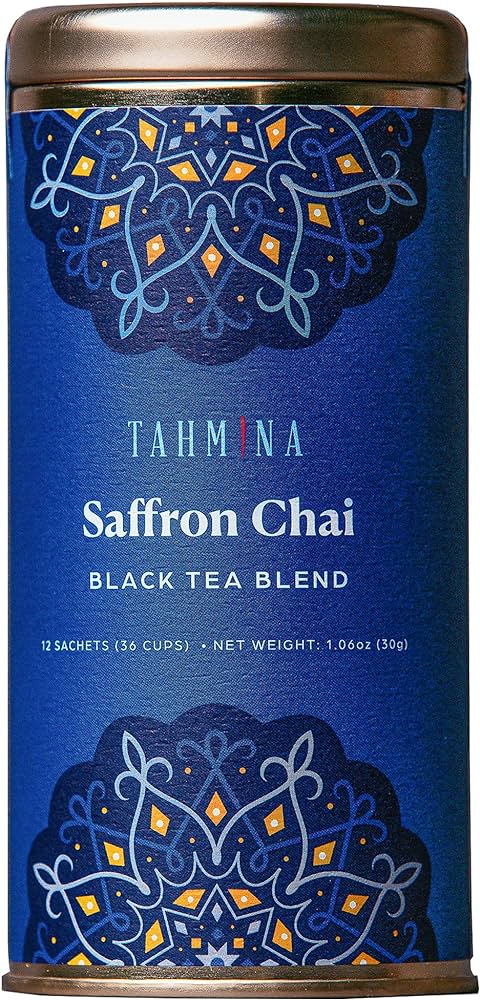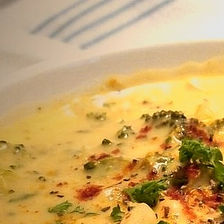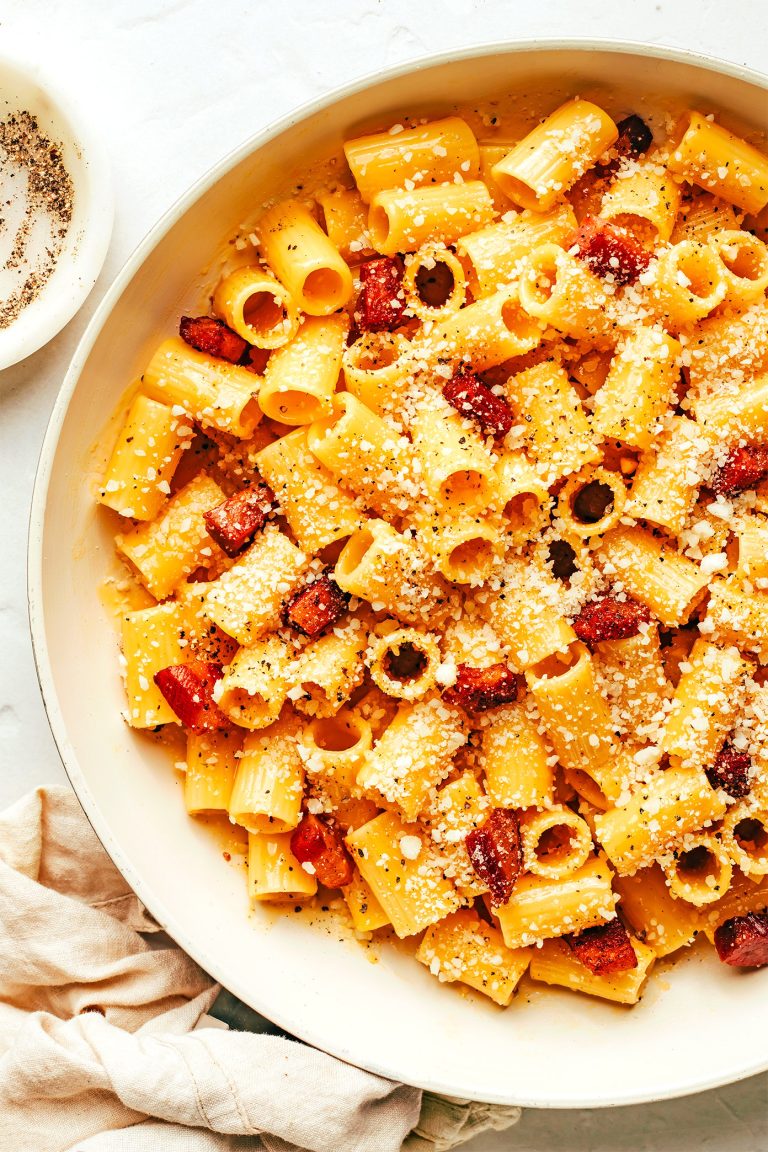Cafe Latte: A Classic Espresso Drink
The term “cafe latte” comes from the Italian words for coffee and milk. It’s believed that cafe latte originated in 17th-century Europe, where it became popular among aristocrats. By the 20th century, espresso machines had made their way into cafes, solidifying the cafe latte’s place in modern coffee culture. Despite changes in preparation methods over time, the essence of the cafe latte remains the same: a harmonious blend of strong coffee and velvety milk.
Components and Preparation
A cafe latte consists of two main components: espresso and steamed milk. It typically includes a single or double shot of espresso topped with steamed milk. The ratio of espresso to milk is usually 1:3, and baristas often add a small layer of milk froth on top.
To prepare a cafe latte, start by pulling a shot of espresso. Steam the milk until it’s creamy but not too frothy. Pour the steamed milk into the espresso, holding back the froth, and then spoon a small amount of froth on top. If you’re skilled, you can create latte art by pouring the milk in specific patterns. This method showcases the coffee’s rich flavors while ensuring a smooth texture.
By understanding the origin, history, components, and preparation of the cafe latte, you can better appreciate this popular coffee beverage and perhaps even refine your own method of making it.
Taste and Texture of Cafe Latte
Comparing Flavors Across Different Regions
Cafe latte flavors vary significantly across different regions due to local coffee beans and brewing techniques. In Italy, lattes are light, emphasizing the flavor of espresso with a modest amount of milk. In contrast, American versions often have a larger milk content, which results in a creamier and milder taste. Australia and New Zealand favor a balanced taste with microfoam milk, maintaining a smooth and consistent texture with pronounced espresso notes. Regions like the Middle East incorporate spices like cardamom, introducing a unique aromatic twist.
The Role of Milk in Texture and Flavor
Milk profoundly impacts both the texture and flavor of a cafe latte. Whole milk adds a velvety creaminess, retaining a rich mouthfeel and slightly sweet taste. Skim milk, on the other hand, creates a lighter texture with less body. Alternative milks, such as almond or oat, introduce their own flavors, with almond milk adding a nutty undertone and oat milk contributing a subtle sweetness and enhanced creaminess. Steaming milk correctly ensures microfoam is created, contributing to a smooth and consistent texture that highlights the espresso’s robustness.
Health Aspects of Drinking Cafe Latte
Nutritional Content
Cafe lattes offer a balanced mix of nutrients, primarily from milk and espresso. A standard 16 oz cafe latte typically contains:
| Component | Amount |
|---|---|
| Calories | 190-220 |
| Protein | 12-14g |
| Fat | 6-9g |
| Carbohydrates | 18-24g |
| Calcium | 30-35% DV |
Milk provides essential nutrients, including calcium, vitamin D, and protein. Espresso brings antioxidants, specifically chlorogenic acid, which aids in combating inflammation and cell damage.
Pros and Cons Of Daily Consumption
Drinking cafe lattes daily offers several health benefits.
- Increased Calcium Intake: Milk boosts calcium levels, important for bone health.
- Antioxidant Benefits: Espresso contains antioxidants that reduce oxidative stress.
- Improved Mood And Cognitive Function: Caffeine enhances mood and brain function.
However, daily consumption has drawbacks.
- High-Calorie Content: Regular lattes can lead to weight gain if not balanced with physical activity.
- Caffeine Dependency: Consistently drinking espresso may increase dependency, causing withdrawal symptoms.
- Added Sugars: Flavored lattes often contain added sugars, contributing to health issues like diabetes.
Awareness of these aspects helps you make informed decisions about your cafe latte consumption.
Cultural Significance of Cafe Latte
Cafe Latte in Coffee Culture
Cafe lattes hold a cherished spot in global coffee culture, embodying both tradition and innovation. Originating in Italy, the term “latte” simply means milk, reflecting the beverage’s creamy nature. In Italy, families often serve cafe lattes at breakfast, highlighting its cultural roots. This coffee beverage symbolizes an everyday luxury, providing comfort and energy.
In American coffee shops, the cafe latte has become a staple. Baristas experiment with flavors, milk types (such as almond or oat milk), and latte art to personalize this classic drink. In Europe, lattes offer a leisurely experience, often enjoyed in cafes with friends or during solo moments of relaxation. The social and cultural dimensions of cafe lattes make them a unique beverage globally.
Its Influence on Modern Coffee Trends
The cafe latte significantly shapes modern coffee trends. Specialty coffee shops and chains like Starbucks have transformed it into a versatile base for seasonal and regional innovations. Variants like pumpkin spice lattes and matcha lattes cater to diverse tastes, driving the popularity of flavored lattes.
The health-conscious movement has also influenced cafe lattes. Many cafes now offer plant-based milk options and low-calorie sweeteners. Sustainability is another trend, with an increasing number of coffee shops sourcing fair trade coffee beans and promoting eco-friendly practices. In modern coffee culture, the cafe latte exemplifies adaptability and consumer preference, maintaining its esteemed position in a dynamic market.
How to Make the Perfect Cafe Latte at Home
Choosing the Right Coffee Beans
Select high-quality coffee beans for the best cafe latte. Arabica beans, known for their smooth and aromatic profile, are the most popular choice. Freshness matters, so purchase beans roasted within the last two weeks. Grind your coffee just before brewing to retain flavor and aroma. Look for medium to dark roast beans, as these provide the robust flavor necessary for a balanced cafe latte. For a more unique taste, experiment with single-origin beans from different regions, like Ethiopia or Colombia.
Techniques for Frothing Milk
Frothing milk properly is essential for a great cafe latte. Use fresh, cold milk for better froth consistency. Whole milk creates the creamiest texture, but you can also use alternatives like almond or oat milk. For a manual option, a handheld milk frother or a French press can work well. Heat the milk to 150°F for optimal frothing, then froth until microfoam forms, characterized by small, fine bubbles.
When using an espresso machine with a steam wand, submerge the wand just below the milk’s surface and tilt the pitcher slightly. Gradually lower the pitcher as the milk froths, allowing air to mix and create foam. Once the milk doubles in volume and reaches the ideal temperature, tap the pitcher on the counter to remove large bubbles, then swirl to mix the milk and foam.
Conclusion
Cafe lattes offer a delightful blend of tradition and innovation in the coffee world. By understanding their origins and mastering preparation techniques, you can elevate your coffee experience. Experimenting with different milk choices and coffee beans opens up a world of flavors and textures. Whether you’re savoring a classic Italian latte or a modern twist, the cafe latte’s versatility and cultural significance make it a timeless favorite. Embrace the artistry of crafting the perfect latte and enjoy the rich, creamy indulgence it brings to your day.






